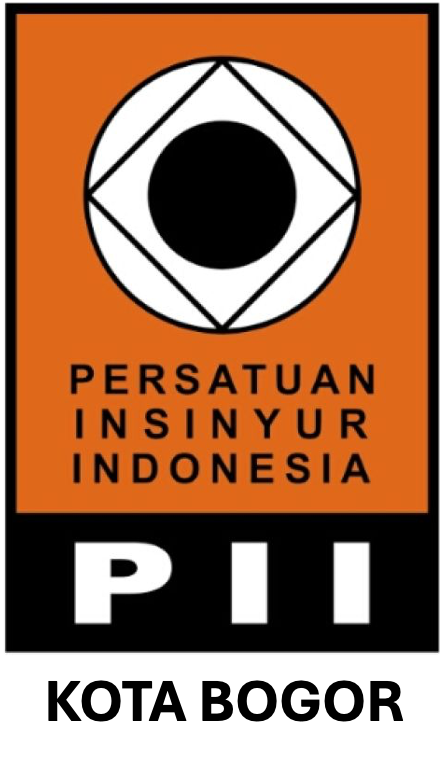Eksplorasi Airtanah dengan Metode Tahanan Jenis Menggunakan IPI2Win di Kecamatan Dramaga Kabupaten Bogor, Jawa Barat
Abstract
Fresh water is basic needs for human being. The safest for human consumed is groundwater. Groundwater demand will always increase in accordance with the development of an area. The purposes of this research were to identify the depth of aquifer, to know the effectivity of IPI2Win software, and to analyze potential of groundwater reserves in Dramaga District. Groundwater exploration was conducted using geoelectrical methods. This research had done in Dramaga District since January until June 2018. Data were processed using IPI2Win. Based on 9 points measurement at Dramaga District, the soil layer contained a lot of water. IPI2Win was effective to identify aquifers. Based on GL 1, GL 2, GL 5, and GL 6 measurement points which close to the residence area, the aquifer depth was identified less than 6 m with an error value of <15%. Potential of groundwater reserves for unconfined aquifers was 1048.45 m3/day or 12.13 l/s.
.
Keywords: aquifer, geoelectrical method, groundwater, IPI2Win, resistivityDownloads
Authors who publish with Jurnal Teknik Sipil dan Lingkungan, JSIL agree to the following terms:
a. Authors retain copyright and grant the journal right of first publication with the work simultaneously licensed under a Creative Commons Attribution License that allows others to share the work with an acknowledgment of the work's authorship and initial publication in this journal.
b. Authors are able to enter into separate, additional contractual arrangements for the non-exclusive distribution of the journal's published version of the work (e.g., post it to an institutional repository or publish it in a book), with an acknowledgment of its initial publication in this journal.
c. Authors are permitted and encouraged to post their work online (e.g., in institutional repositories or on their website) prior to and during the submission process, as it can lead to productive exchanges, as well as earlier and greater citation of published work (See The Effect of Open Access).











